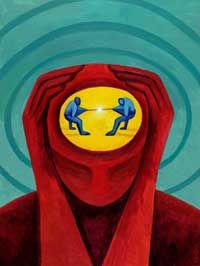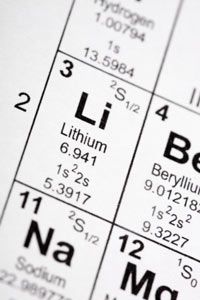Suppose one day you wake up feeling oddly energized and pumped for anything. The world is at your feet. You can do whatever you set your mind to and nothing could possibly go wrong. In fact, you're so full of energy that you decide you don't need to sleep. Days, perhaps even weeks, go by -- nothing gets you down and nothing slows you down. But then, without warning, this feeling starts to wane. For no reason at all, you begin to feel bogged-down, depressed or even suicidal. Life is joyless and meaningless. For weeks you feel absolutely hopeless. And then, one day you wake up -- ready for anything.
This cycle is characteristic of people who suffer from bipolar disorder. According to the National Institute of Mental Health (NIMH), bipolar disorder, also known as manic-depressive disorder, affects approximately 5.7 million adults in the U.S. (2.6 percent of the 18 and up population) [source: NIMH]. The disorder causes intense, alternating episodes of mania and depression that go far beyond normal mood swings. Children and adolescents can develop the disorder as well, though their mood swings usually happen far more rapidly.
Advertisement
People who have bipolar disorder face several obstacles as a result of the illness. In addition to the stress it can place on families and interpersonal relationships, a bipolar patient is 40 percent less likely to have a job [source: Cox]. Someone with bipolar disorder is also 10 times more likely than the general population to abuse alcohol or drugs, which is unfortunate since alcohol and drugs have the potential to trigger episodes of the disorder [source: UPMC]. Perhaps the most terrifying fact is that about 15 percent of bipolar patients succeed in committing suicide, out of 25 percent to 50 percent who attempt it [source: psychlaws].
What do scientists know and what don't they know about this disorder? Keep reading to learn the signs and symptoms of manic and depressive episodes.
Advertisement






